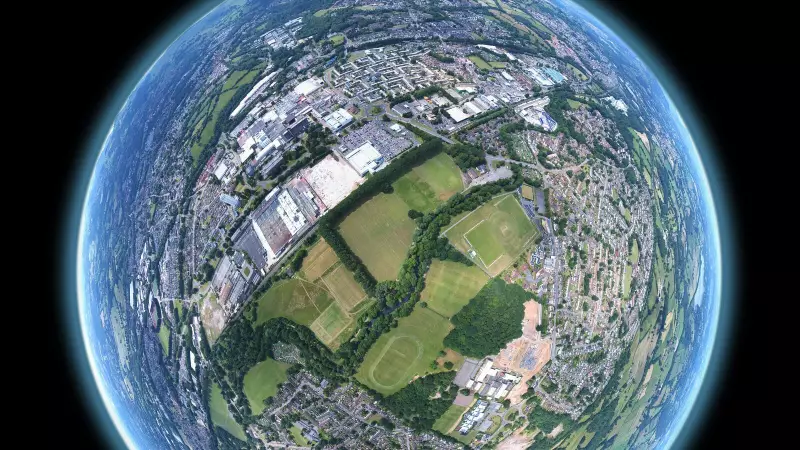
Google Earth has taken a monumental leap into the future of environmental monitoring by integrating its powerful Gemini AI technology. This groundbreaking update transforms how users interact with our planet's data, making complex climate information accessible to everyone.
How Gemini AI Supercharges Google Earth
The integration works by allowing users to ask natural language questions about environmental phenomena directly within Google Earth. Instead of manually analyzing complex satellite data, you can now simply type questions like:
- "Show me areas experiencing severe drought in the last 6 months"
- "Which regions faced the worst flooding this year?"
- "How has deforestation progressed in the Amazon since 2020?"
Gemini AI processes these queries and delivers comprehensive answers by analyzing vast amounts of satellite imagery, historical data, and environmental datasets.
Revolutionizing Environmental Awareness
This technology represents a significant advancement in public access to climate information. Researchers, students, journalists, and concerned citizens can now:
- Monitor real-time environmental changes with AI-powered insights
- Understand complex climate patterns through simple Q&A interfaces
- Track the impact of climate change on specific regions worldwide
- Make data-driven decisions about environmental conservation
The Technology Behind the Innovation
Google's Gemini AI leverages advanced machine learning algorithms to interpret both the visual data from satellite imagery and the contextual information from environmental databases. The system can recognize patterns, identify changes over time, and provide detailed explanations about various climate phenomena.
This represents one of the most practical applications of artificial intelligence in environmental science, bridging the gap between complex data and public understanding.
What This Means for Climate Research
The implications for climate science and environmental protection are profound. By democratizing access to sophisticated environmental analysis, Google Earth with Gemini AI empowers:
- Local communities to monitor environmental threats in their regions
- Educational institutions to enhance climate science curriculum
- Policy makers to make informed decisions based on comprehensive data
- Environmental organizations to track conservation efforts effectively
This innovation marks a new era where artificial intelligence becomes a crucial tool in understanding and protecting our planet's delicate ecosystems.





